In the world of automotive and motorcycle engines, connecting rods play a vital role in converting linear motion into rotational motion. As the demand for high-performance gasoline engines continues to grow, the need for durable and reliable connecting rods has never been more critical. Enter Forged Connecting Rods, a game-changer in the realm of gasoline engine performance, specifically designed for cars and motorcycles, but not for diesel engines, trucks, or excavators.
Forged connecting rods, made from a single billet of metal, offer significant advantages over their cast counterparts. Strength and durability are the most notable benefits, as the forging process results in a denser, more refined grain structure within the metal. This increased strength allows for improved power output and greater resistance to fatigue, which is essential when driving at high speeds or during extended periods.
In a typical gasoline engine application, the connecting rods are subjected to a tremendous amount of stress. As the piston moves up and down, the connecting rod must withstand the force of combustion while simultaneously transferring power to the crankshaft. Forged connecting rods excel in this demanding environment, providing the necessary strength and durability to cope with these forces, ensuring a longer service life and reduced chance of failure.
Another critical aspect of connecting rod performance is weight. Forged connecting rods are often lighter than their cast equivalents, which contributes to reduced rotating mass within the engine. This decrease in weight results in improved throttle response and acceleration, both of which are highly sought-after qualities in high-performance gasoline engines.
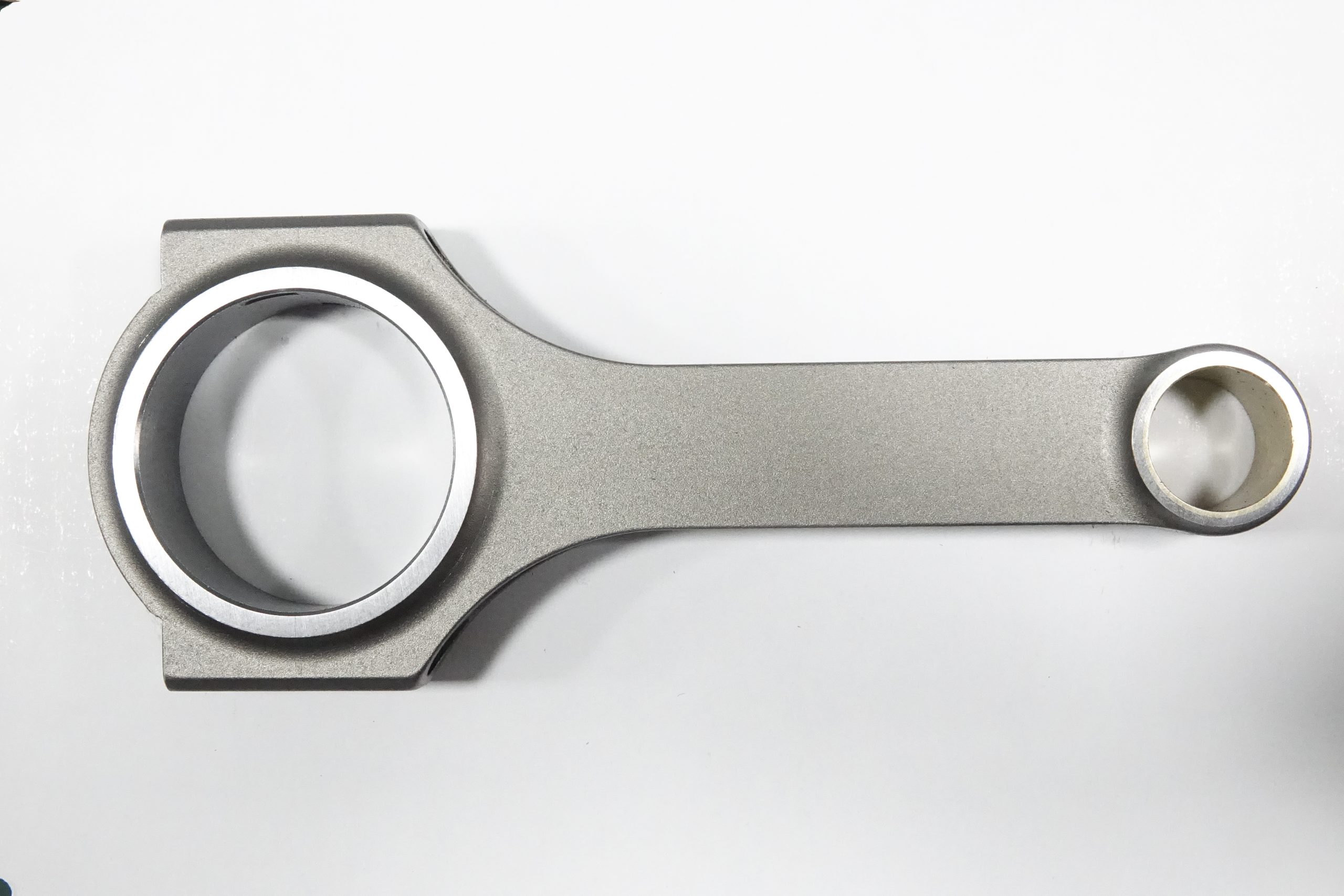
Moreover, forged connecting rods are less prone to manufacturing defects, such as porosity or inclusions, which could lead to premature failure. The rigorous quality control standards employed during the forging process help ensure that each connecting rod is free of such defects, resulting in a superior final product that is ready to tackle the most challenging engine applications.
In conclusion, forged connecting rods have proven themselves as an indispensable component for gasoline engines in both automotive and motorcycle applications. Their unparalleled strength, durability, and reduced weight make them the ideal choice for enthusiasts seeking to optimize the performance of their vehicles. With the ever-growing demand for high-performance gasoline engines, it’s clear that forged connecting rods will continue to be a vital part of this exciting industry for years to come.
As the automotive and motorcycle industries continue to evolve, so does the demand for performance-enhancing components. FEDA, a leading manufacturer of connecting rods, has risen to the challenge, offering a range of forged connecting rods designed specifically for gasoline engines in cars and motorcycles. FEDA innovative product lineup includes the FD-X-Beam Connecting Rod, FD-H-Beam Connecting Rod, and FD-I-Beam Connecting Rod, each tailored to deliver exceptional performance and reliability.
FD-X-Beam Connecting Rods: Strength Meets Versatility
The FD-X-Beam Connecting Rod is a testament to FEDA engineering prowess. Named for its unique “X” shaped cross-section, this connecting rod is engineered to provide an ideal balance of strength and weight reduction. This makes the FD-X-Beam an excellent choice for those seeking enhanced engine performance without compromising on durability.
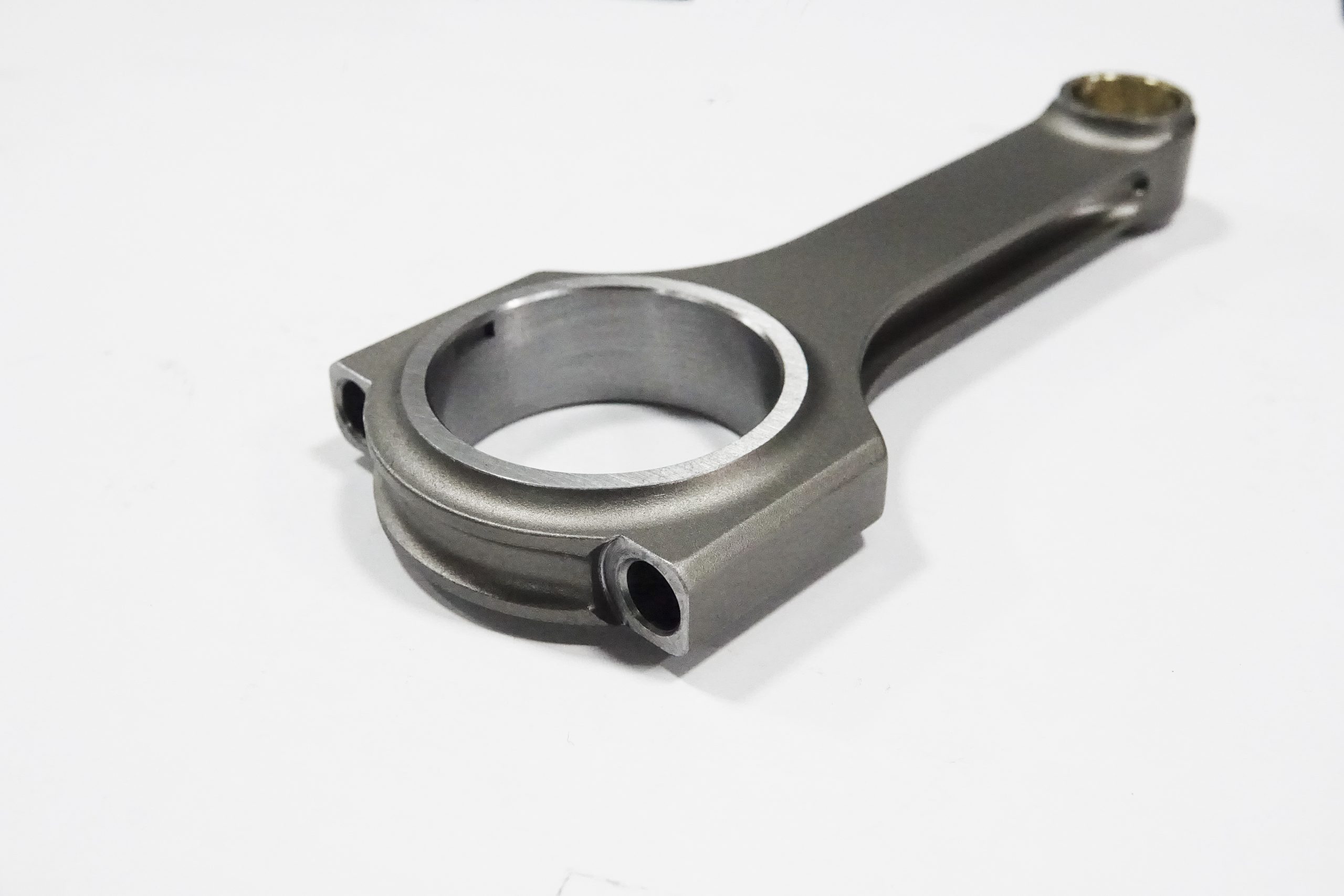
FD-H-Beam Connecting Rods: Built for High-Performance Demands
Designed with the most demanding applications in mind, the FD-H-Beam Connecting Rod is FEDA answer to the needs of high-performance gasoline engines. Its distinctive “H” shaped cross-section provides increased rigidity and strength, ensuring that it can withstand the rigors of high-horsepower, high-revving engines. For those seeking uncompromising performance, the FD-H-Beam Connecting Rod is the go-to choice.
FD-I-Beam Connecting Rods: The Lightweight Powerhouse
The FD-I-Beam Connecting Rod, with its classic “I” shaped cross-section, offers an exceptional strength-to-weight ratio. This lightweight design enables faster engine response and acceleration, making the FD-I-Beam an ideal choice for enthusiasts who prioritize agility and responsiveness in their vehicles.
Experience Unmatched Performance and Durability with FEDA Forged Connecting Rods
All of FEDA connecting rod offerings, including the FD-X-Beam, FD-H-Beam, and FD-I-Beam, share a common foundation of forged construction. This ensures that every connecting rod provides the unparalleled strength, durability, and reduced weight that are synonymous with FEDA commitment to excellence.
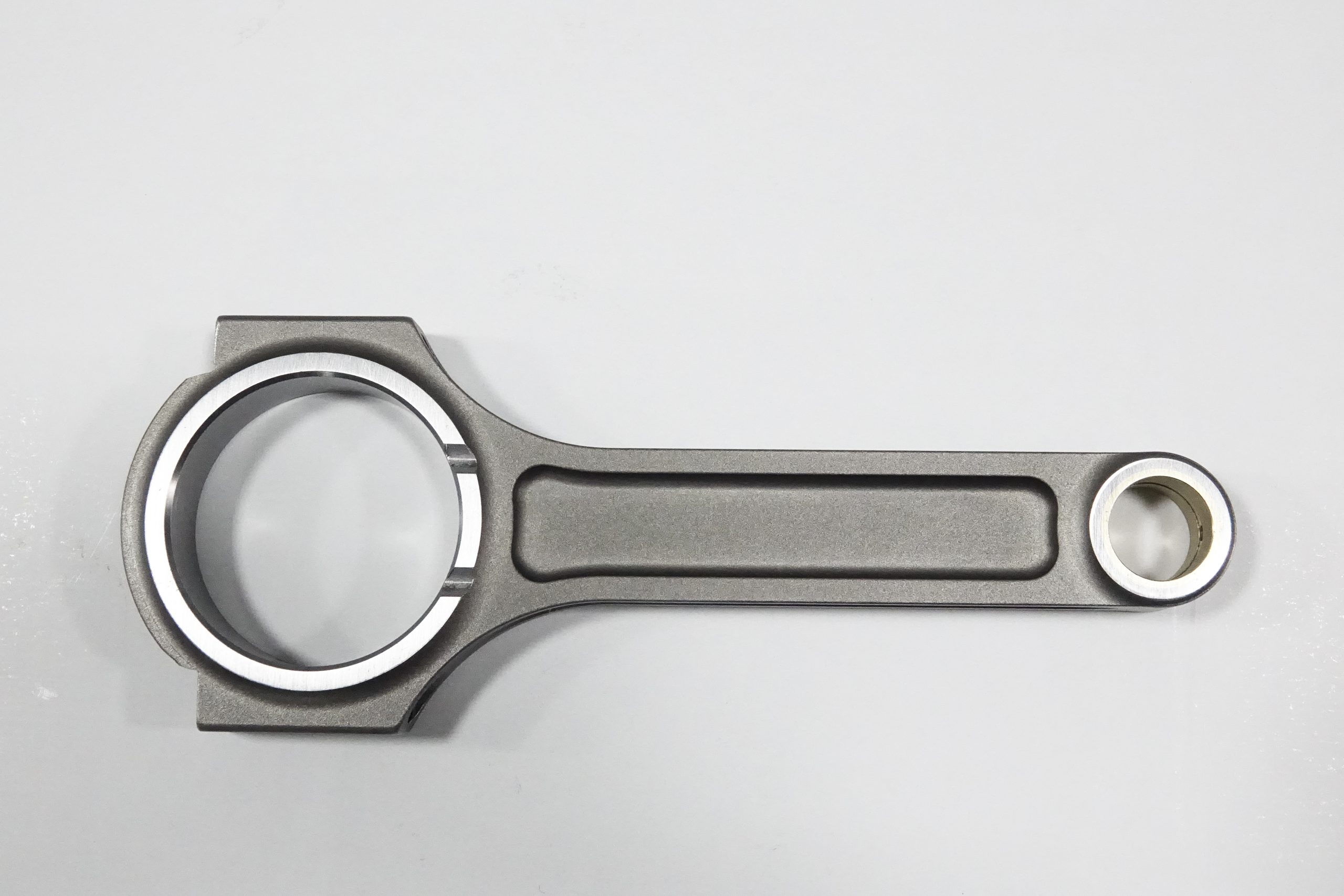
As gasoline engines continue to dominate the automotive and motorcycle markets, FEDA innovative connecting rod designs are poised to revolutionize the industry. Experience the FEDA advantage and unleash the full potential of your gasoline engine with the FD-X-Beam, FD-H-Beam, or FD-I-Beam Connecting Rods. Don’t settle for anything less than the best; choose FEDA and drive with confidence.
When I first heard about FEDA forged connecting rods, I was intrigued. As an avid car enthusiast, I’ve always been on the lookout for ways to enhance my vehicle’s performance. After doing some research and learning about the benefits of forged connecting rods, specifically designed for gasoline engines in cars and motorcycles, I decided to give FEDA FD-X-Beam Connecting Rods a try.
Installation and First Impressions
The installation process was relatively straightforward, thanks to FEDA comprehensive instructions and excellent customer support. Upon first inspection, I could immediately tell that the build quality was top-notch. The FD-X-Beam Connecting Rods were clearly designed with care and precision, with a focus on achieving the perfect balance between strength and weight reduction.
Unleashing the Performance Potential
Once installed, I eagerly took my car out for a test drive. The improvement in throttle response and acceleration was nothing short of remarkable. My car felt more agile and responsive, allowing me to confidently navigate through traffic and tackle winding roads with ease. It was apparent that FEDA FD-X-Beam Connecting Rods had truly transformed my driving experience.
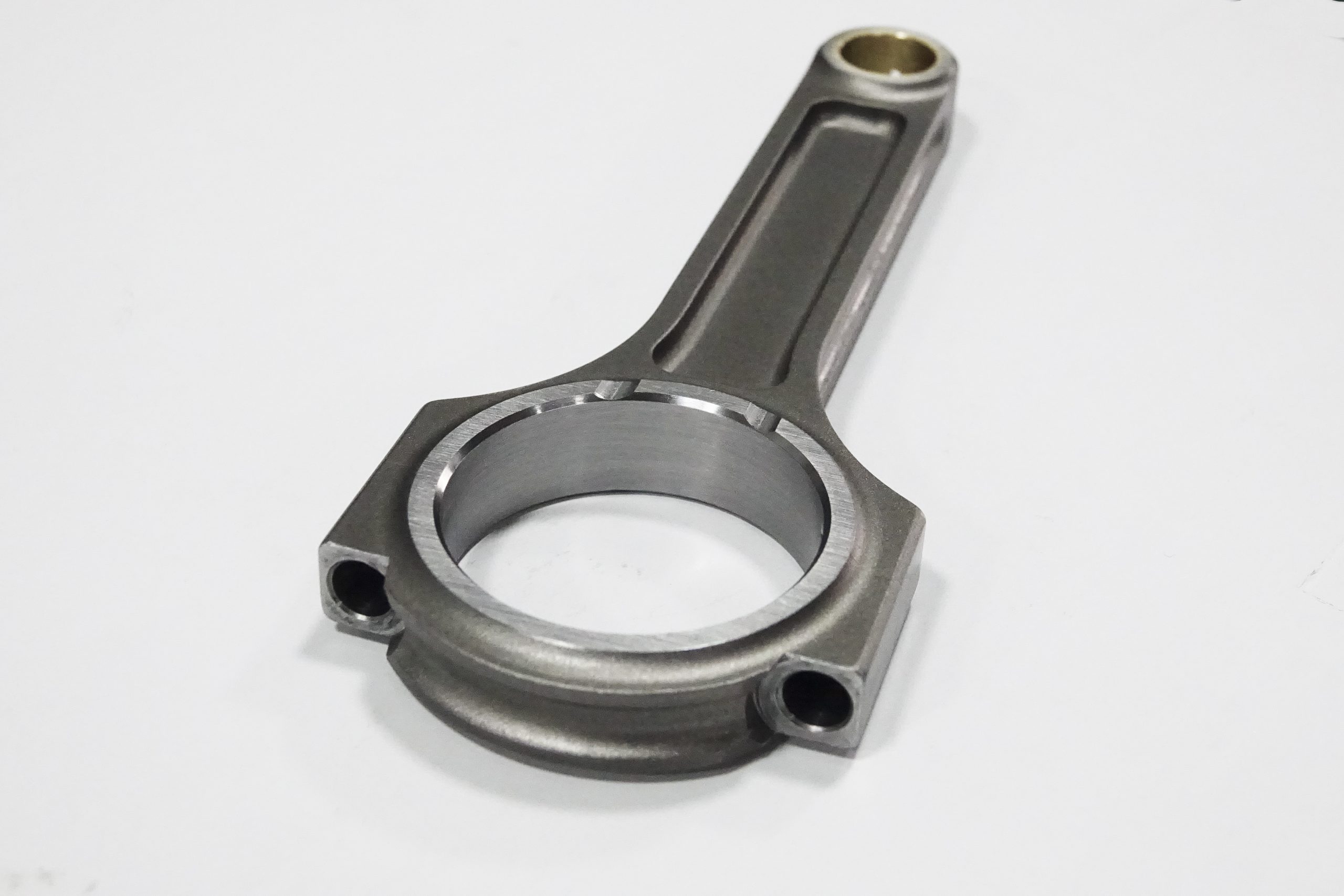
Durability That Goes the Distance
Not only did FEDA connecting rods enhance my vehicle’s performance, but they also proved to be incredibly durable. After several months of use, I have yet to experience any signs of wear or fatigue. It’s clear that the forged construction of FEDA connecting rods provides a significant advantage in terms of strength and longevity.
A Winning Investment
In the world of automotive performance, it’s rare to find a product that delivers such a noticeable impact on both performance and durability. FEDA forged connecting rods have proven themselves to be a valuable addition to my vehicle, and I couldn’t be more satisfied with my purchase.
A Satisfied Customer’s Verdict
For any car or motorcycle enthusiast seeking to unlock the full potential of their gasoline engine, I highly recommend FEDA range of forged connecting rods. Their exceptional build quality, impressive performance enhancements, and proven durability make them a must-have for anyone looking to elevate their driving experience. Give FEDA connecting rods a try, and you won’t be disappointed.
When it comes to purchasing connecting rods for gasoline engines in cars and motorcycles, choosing the right industrial manufacturer is crucial for ensuring optimal performance and reliability. The following are some key factors to consider as you evaluate your options:
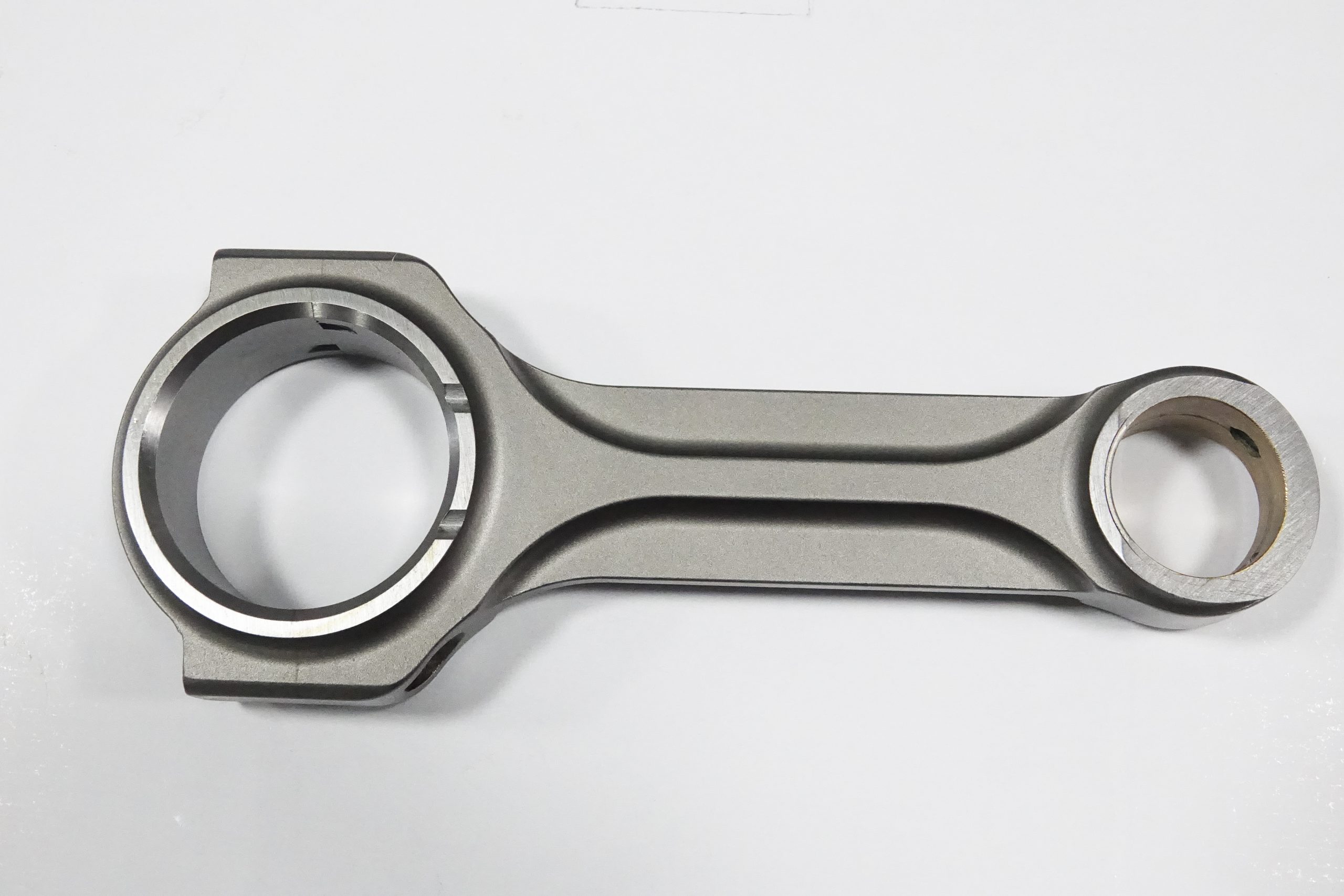
1. Reputation and Expertise
It’s essential to select a manufacturer with a proven track record in the industry. Look for companies that have earned a reputation for delivering high-quality products and have demonstrated expertise in developing connecting rods specifically for gasoline engines. Don’t hesitate to seek recommendations from fellow enthusiasts or professionals in the field, as their insights can be invaluable.
2. Quality of Materials and Construction
The materials and construction techniques used in manufacturing connecting rods play a significant role in their overall performance and durability. Opt for manufacturers that utilize forged construction, as this process results in stronger, more durable connecting rods compared to cast alternatives.
3. Product Range and Customization Options
Each engine application may require a different type of connecting rod, depending on factors such as power output and intended use. Ensure the manufacturer you choose offers a diverse range of connecting rod designs, like FEDA FD-X-Beam, FD-H-Beam, and FD-I-Beam Connecting Rods, to accommodate varying requirements. Additionally, the ability to customize connecting rods to your specific needs can be a valuable asset.
4. Technical Support and Customer Service
A manufacturer’s commitment to customer service and technical support is a crucial consideration. Look for companies that offer comprehensive installation instructions, troubleshooting assistance, and prompt responses to inquiries. This level of support can make all the difference in ensuring a smooth installation process and a positive overall experience.
5. Price and Warranty
While price is always a factor in any purchasing decision, it’s important not to compromise on quality in the pursuit of a bargain. Look for manufacturers that offer competitive pricing without sacrificing quality or performance. Additionally, a comprehensive warranty can provide peace of mind and protection for your investment.
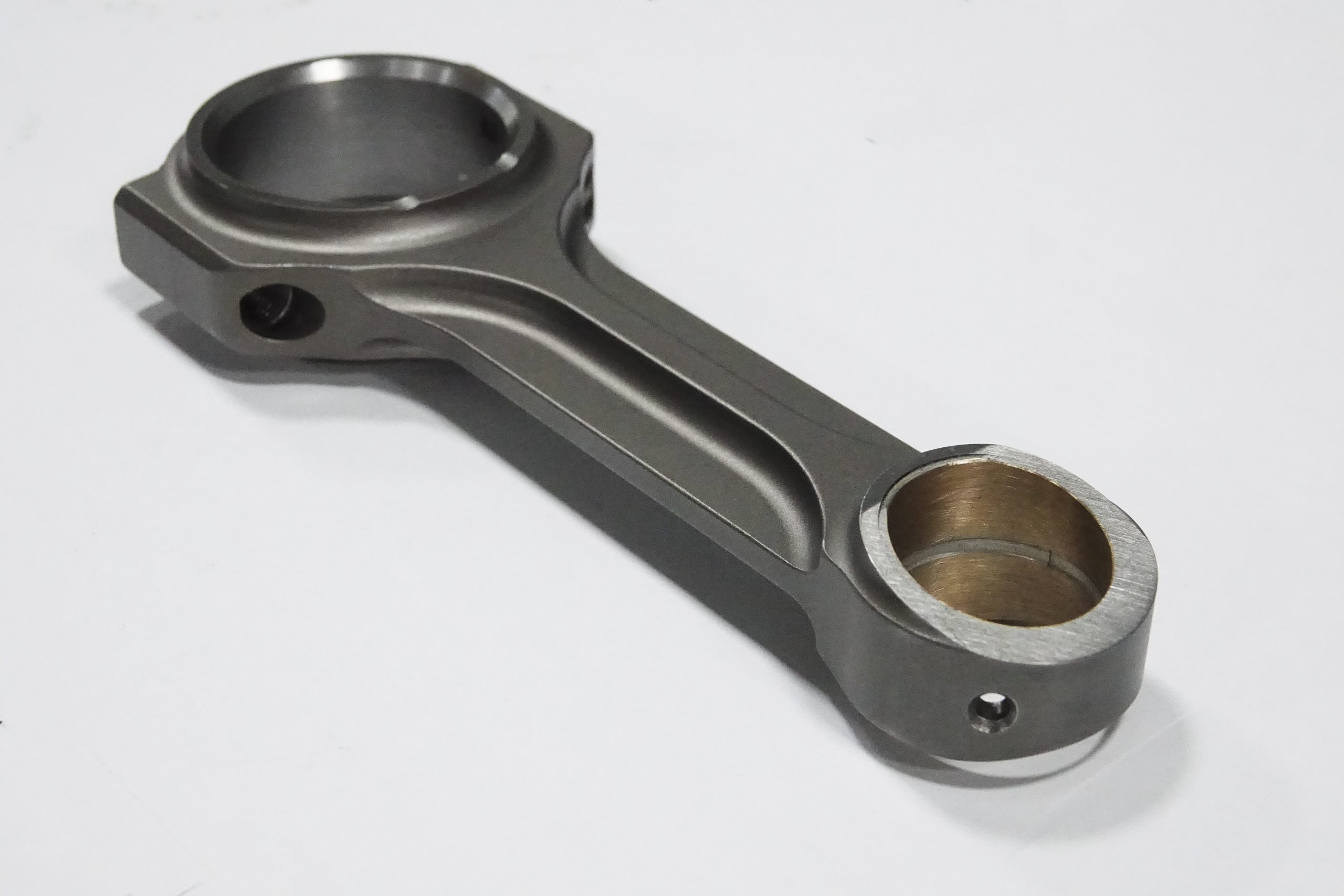
By carefully considering these factors, you can confidently select a connecting rod manufacturer that meets your specific needs and delivers the performance and reliability you require. In the end, the right choice will ensure that your gasoline engine performs at its best, providing you with an exceptional driving experience.
As automotive and motorcycle technology continues to evolve, so too does the demand for high-performance components like connecting rods. These essential engine components play a pivotal role in ensuring optimal engine performance, particularly for gasoline engines used in cars and motorcycles. Let’s explore some potential future trends in the realm of connecting rods that will shape the industry and further enhance engine capabilities.
1. Advanced Materials and Manufacturing Techniques
The quest for lighter, stronger, and more durable connecting rods is ongoing. In the future, we can expect manufacturers to embrace advanced materials, such as carbon fiber composites and metal matrix composites, to create connecting rods that offer exceptional strength-to-weight ratios. New manufacturing techniques, like additive manufacturing (3D printing), may also revolutionize the production process, allowing for more intricate designs and enhanced customization capabilities.
2. Integration of Smart Technology
The Internet of Things (IoT) and smart technology have made their way into various aspects of the automotive industry, and connecting rods are no exception. In the future, we may see the development of “smart” connecting rods equipped with sensors and real-time monitoring capabilities. This innovation could provide valuable insights into engine performance and wear, enabling proactive maintenance and extending the life of engine components.

3. Enhanced Heat Dissipation and Cooling Features
As engine output and efficiency continue to improve, so does the need for effective heat management solutions. Future connecting rod designs may incorporate advanced cooling features, such as integrated cooling channels or materials with superior thermal conductivity, to ensure optimal operating temperatures and minimize thermal stresses.
4. Collaboration with Alternative Powertrain Technologies
While connecting rods are currently primarily used in gasoline engines for cars and motorcycles, future developments in alternative powertrain technologies, such as hybrid and electric drivetrains, may also benefit from advances in connecting rod technology. As the automotive industry continues to explore alternative propulsion methods, manufacturers may develop specialized connecting rods to accommodate these new powertrain technologies, ensuring optimal performance across a diverse range of applications.
5. Focus on Sustainability and Environmental Considerations
The automotive industry faces increasing pressure to reduce its environmental impact. Future innovations in connecting rod technology may prioritize the use of sustainable materials and manufacturing processes that minimize waste and reduce the overall carbon footprint of engine component production.
In conclusion, the future of connecting rods promises to be an exciting journey filled with technological advancements, innovative materials, and an increased focus on sustainability. As manufacturers continue to push the boundaries of what’s possible, we can expect connecting rods to play a vital role in revolutionizing gasoline engine performance for cars and motorcycles, ensuring that these engines remain at the forefront of the industry for years to come.